The timeless teachings of Guru Nanak Dev
His teachings are more relevant now than in his time
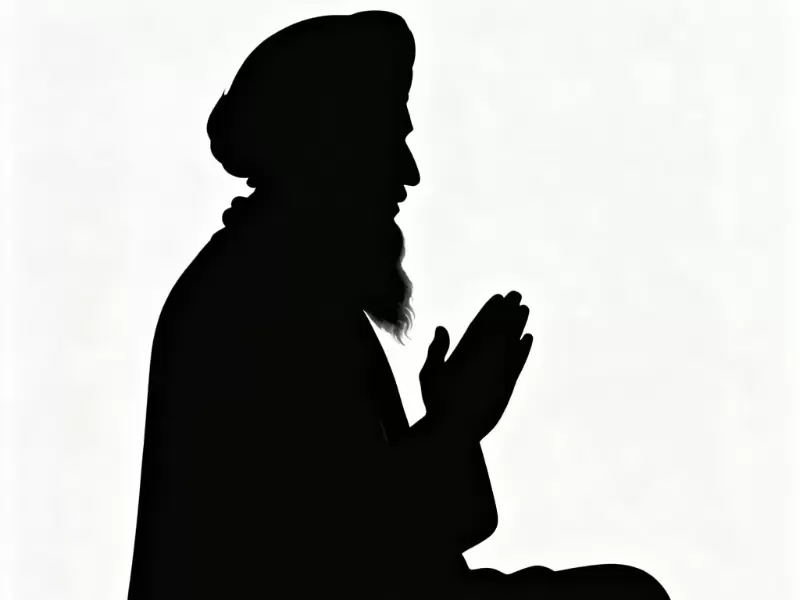 Representative Image / Generated using AI
Representative Image / Generated using AI
A Saint, a preacher, a prophet, the founder of one of the “most scientific and modern religions,” and a great advocate of gender equity, human equality and the welfare of all—sarbat da bhalla—all these adages, adjectives and descriptions look far too inadequate to describe Guru Nanak Dev, the first of Sikh Gurus.
His Prakash Utsav has become a global event as it is celebrated with greater fervor, gaiety and respect. All gurdwaras around the globe are busy with holding Akhand Paths—continuous recitation from Sri Guru Granth Sahib—before the massive celebrations on Nov. 5. The Sikhs illuminate their houses and businesses, and all the Gurdwaras wear a festive look with illumination and holding of special kirtan darbars.
Born in an average middle-class family of a trader at Sheikhupura –Nankana Sahib– in 1469, he not only took upon himself the onerous task of freeing society of age-old social evils but also preached for equality, communal harmony and universal brotherhood.
Even after 556 years of his birth, his teachings have much more relevance now than in his time, as the contemporary world faces massive challenges of growing social disorder, religious intolerance, communal and regional divides and gender imbalances.
As celebrations to mark his 556th birth anniversary have started worldwide with the start of Akhand Path Sahibs—continuous recitation from the holy book of Sikhs that they recognize as their 11th bodily Guru—the rift-torn world continues to eulogize his concept of “langar” (community kitchen) where besides hundreds of thousands of homeless, starved and distressed people get their appetites satiated at Gurdwaras or Guru Ghars without any question of their identity, religiosity or ethnicity being asked.
Guru Nanak Dev, the founder of Sikhism, is not only credited with spreading the message of universal brotherhood and launching a crusade against social evils, but also with strongly supporting the universal concept of living a normal, content life.
He spent part of his life in Sultanpur Lodhi in Kapurthala district, which, year after year, is one of the main venues of all celebrations, attracting not only religious and spiritual heads from across the globe but also those who follow the message and teachings of this great founder of the most modern and youngest religion of the world.
To expand the base celebrations, the Indian Government, in close coordination with the Shiromani Gurdwara Parbandhak Committee (SGPC), prevailed upon the Government of Pakistan to create a passage or corridor to Sri Kartarpur Sahib, another sacred shrine of Sikhs, where Guru Nanak spent his last days. This corridor, called the Kartarpur Corridor, has the capacity to accommodate 5,000 pilgrims to pay their obeisance at the historic Gurdwara in Sri Kartarpur Sahib every day.
Punjab has always been a fountainhead of goodness, spreading the message of progress, universal brotherhood and peaceful coexistence. Guru Nanak Dev not only pioneered voluntary movement but also started a great free kitchen to feed the poor and needy, with Rs 20 given to him by his father, Kalu Mehta, to start his own business. Instead, young Guru Nanak Dev brought groceries, cooked food and fed it to poor and needy people. What he started as "Guru Ka Langar" is now not only the unique feature of Sikhism but has also motivated many others to follow the concept of feeding the poor through community kitchens.
Every devout Sikh looks forward to a dream pilgrimage to Gurdwara Sri Darbar Sahib at Sri Kartarpur Sahib in Narowal district in Pakistan, in addition to Nankana Sahib, the birthplace of Guru Nanak.
No words are enough to describe the sanctity of these places of worship that Sikhs had to accept with the great partition of 1947. These sacred and historic shrines had been so close but far more inaccessible. Although the birthplace remained accessible soon after the partition, the opening of the Sri Kartarpur Sahib corridor was mired in controversies and blocked by political warfare.
For those lucky enough to visit Gurdwara Kartarpur Sahib, It had been one of the most sacred, satisfying, sober and satiating holy journey to a place where the founder of Sikhism, Sri Guru Nanak Dev Ji, spent the remainder of his life. Set up in picturesque settings with green fields all around, this modern marvel of Sikh history has been structured in true white marble by retaining the original memorabilia, including the well that Sri Guru Nanak Dev used to irrigate his fields.
Though the Indian and Pakistani governments allowed in 2018 to permit the devout to pay their obeisance to the sancta sanctorum only for a few hours each day, the actual visits started in 2019. Since then, this concession has been taken well by the global Sikh community. Starting at 10, a limited number of Sikhs, a maximum of 5000, are allowed to cross over from the Indian side of the Sri Kartarpur Sahib corridor, after going through the immigration and customs formalities.
Once all clearances have been made, the devotees use electric vans, which they change on reaching the man-made borders, from Indian or Pakistani vans, before they reach the Pakistani side of the corridor. There, they not only pay the entry fee of US $20 per head but also get a chance to exchange Indian currency for Pakistani currency and then are taken in a bus to Gurdwara Sri Darbar Sahib.
Members of the Pakistan Sikh Gurdwara Committee welcome the pilgrims. They are briefed about the shrine, its history, its structure, and the instructions to be followed for the duration of their stay at the shrine. We were greeted by Karishma Kaur, a Sikh from Narowal, who works for the Government. Besides a Sarovar, with separate facilities for men and women pilgrims to take a holy dip, the pilgrims then head for Sri Darbar Sahib, where on the ground floor are the monuments that depict the last rites of Sri Guru Nanak Dev, both according to Sikh and Muslim beliefs, as the legend goes that the mortal remains of the founder of Sikhism had just disappeared.
Also in the close periphery is the well that they say was used by Guru Nanak Devi for farming. One can also visit the green fields that he used to plough and cultivate. Other added attractions are the Diwan Halls, serais for pilgrims, langar hall and also a shopping arcade where pilgrims can buy some mementoes. Sewadars from Narowal and nearby areas run the kitchen and serve langar to the pilgrims.
There is a museum and also a symbolic huge kirpan dedicated to the Sikh community by the then Prime Minister Imran Khan. The kirpan was dedicated at a groundbreaking ceremony in November 2018 and the formal inauguration a year later. The daily congregation ends in the afternoon, and by 3:30-4 pm, the devout start returning.
This year, when the two Punjabs were devastated by the south-west monsoon, Gurdwara Kartarpur too was inundated. The provincial Government of Pakistan’s Punjab swung into action to drain out the floodwaters quickly to restore the Sikh shrine to its normal functioning.
ADVERTISEMENT
ADVERTISEMENT
E Paper
Video



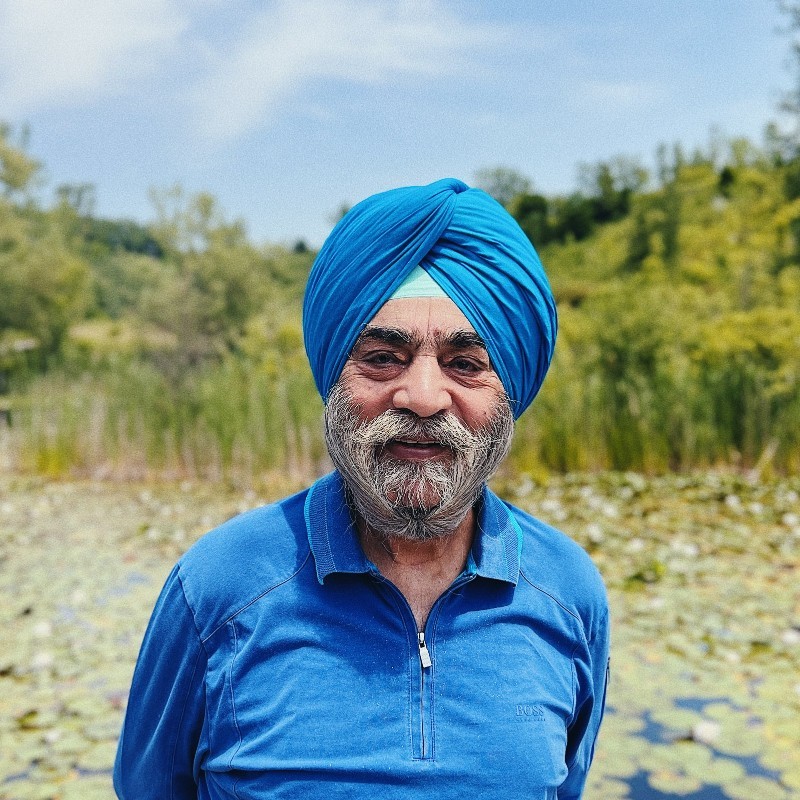 Prabhjot Paul Singh
Prabhjot Paul Singh
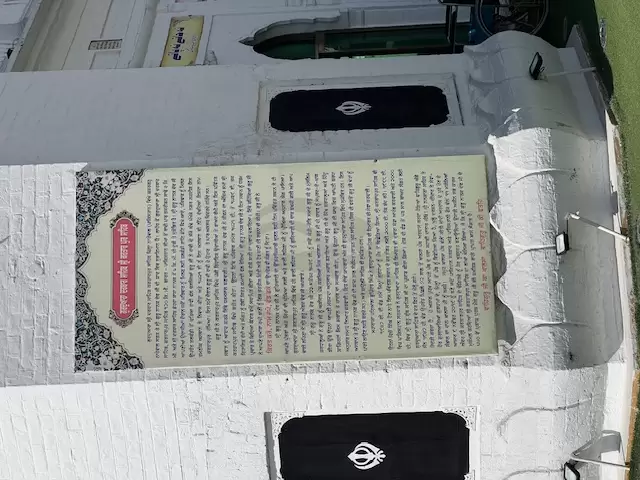

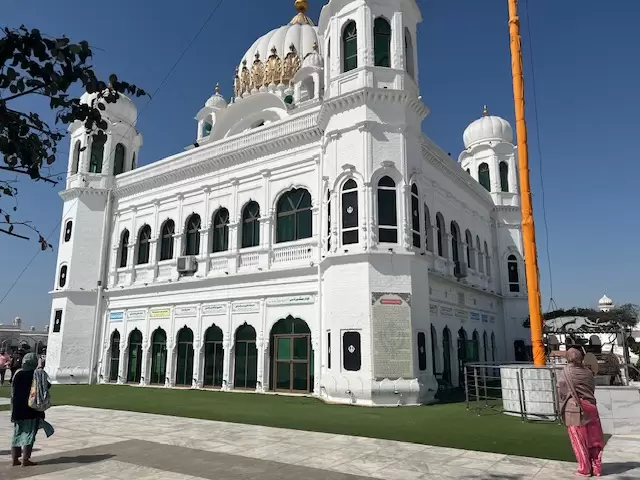
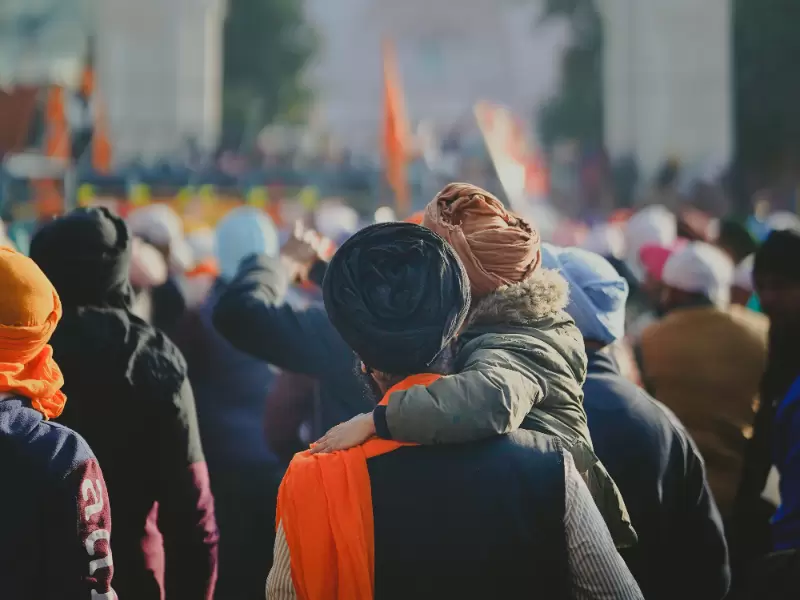

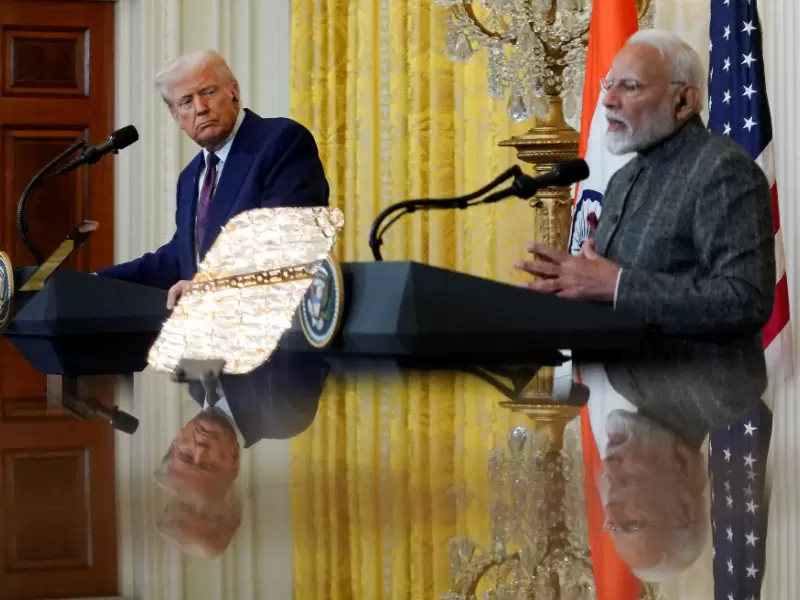

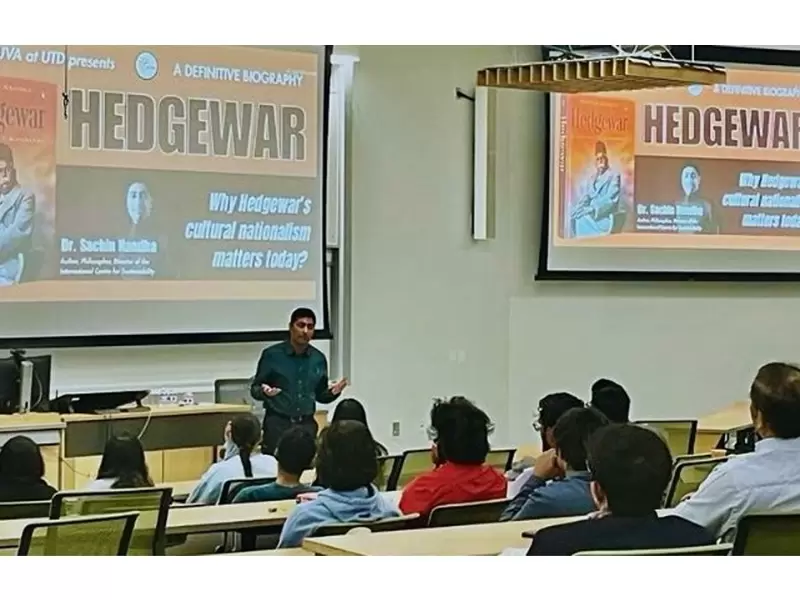
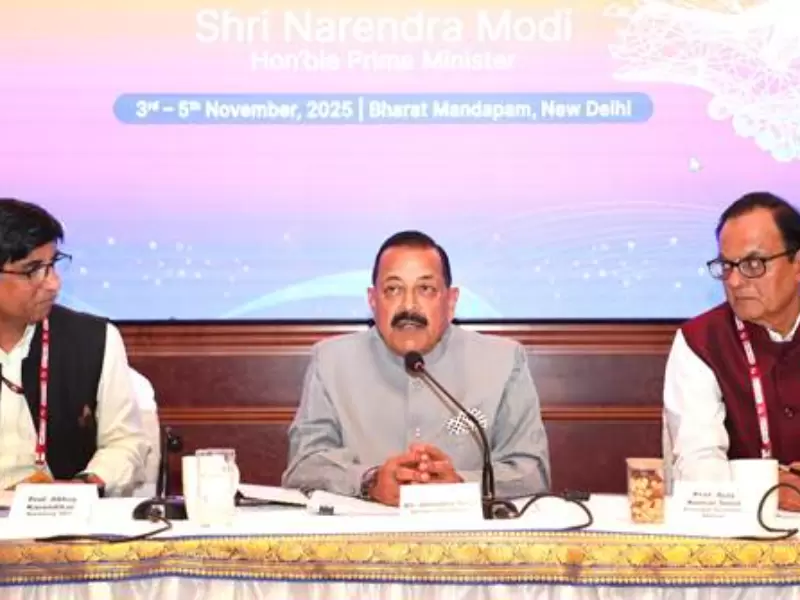

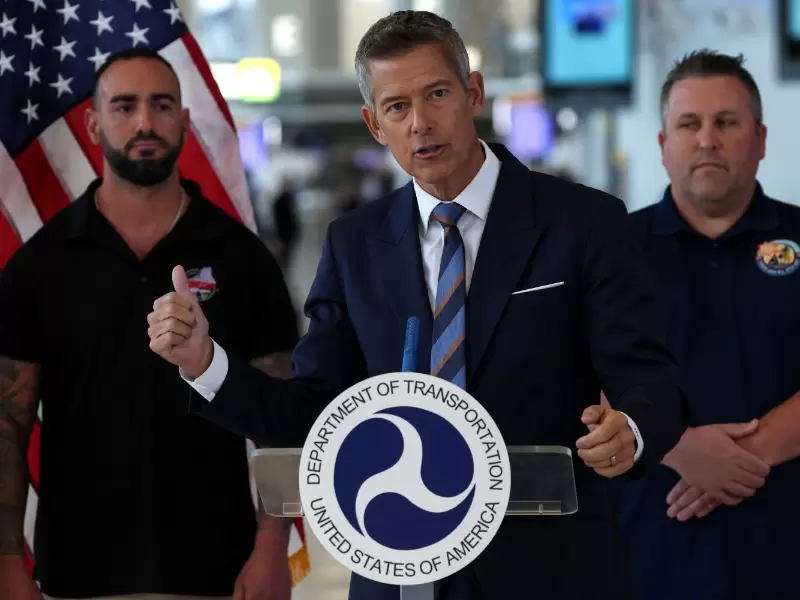
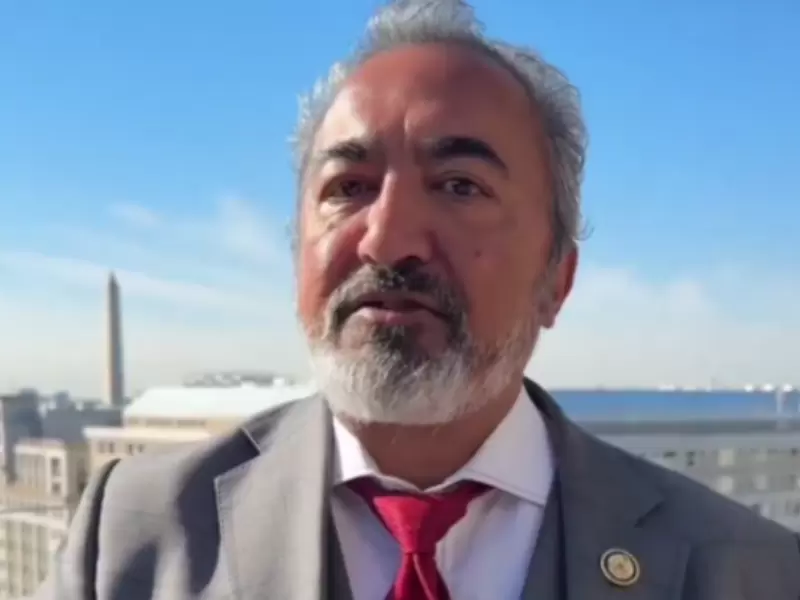
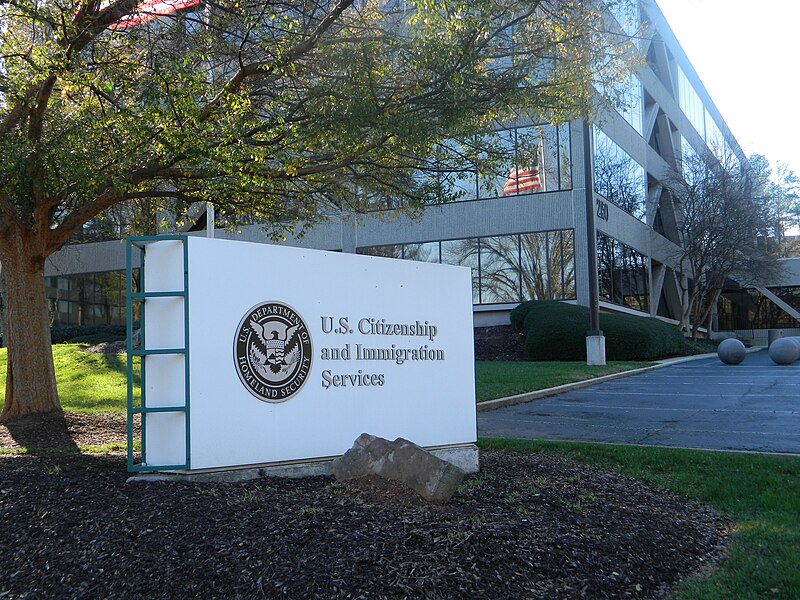
.jpg)

Comments
Start the conversation
Become a member of New India Abroad to start commenting.
Sign Up Now
Already have an account? Login